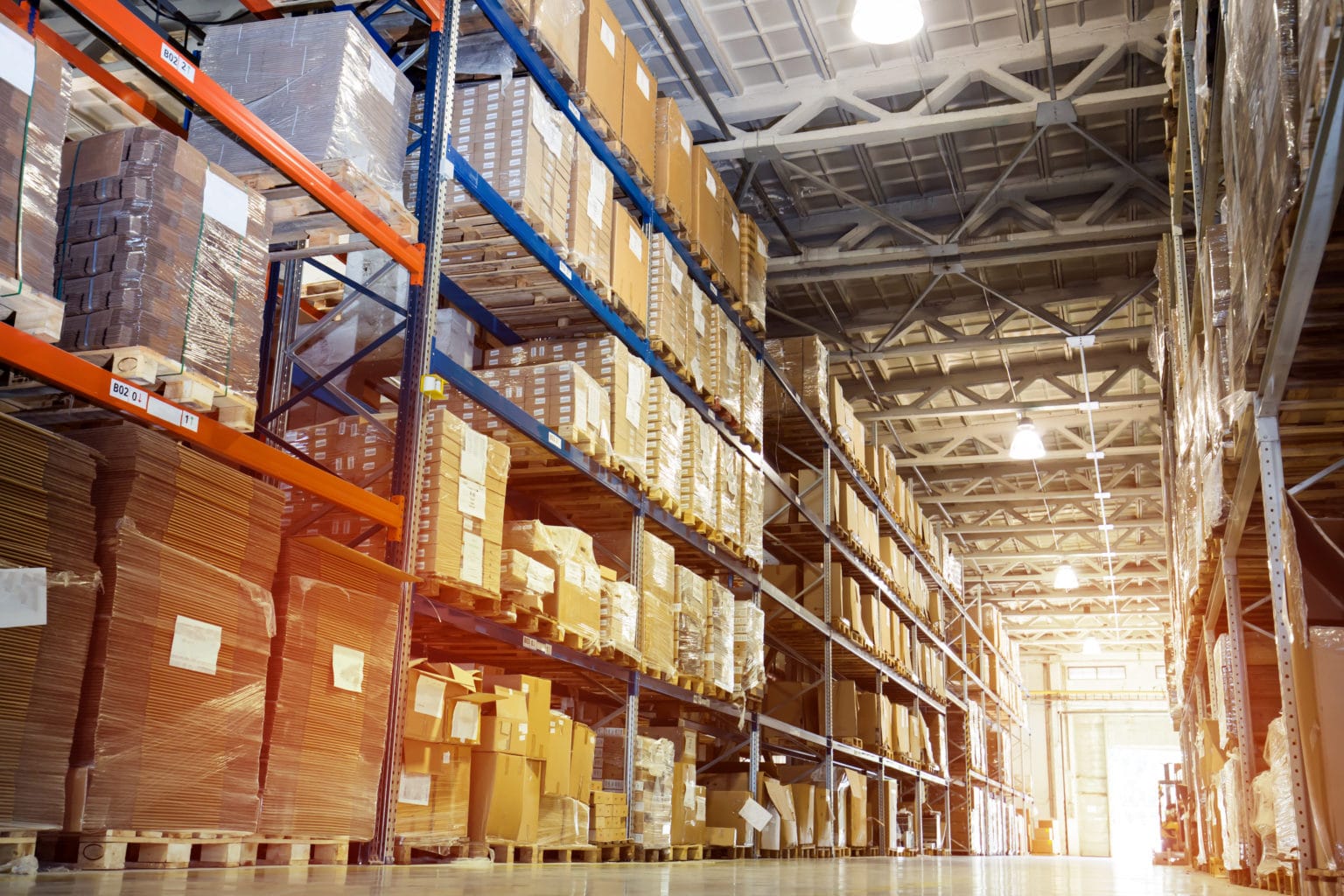Drayage Services: Connecting Trade at America’s Busiest Ports
Jun 21, 2024
Drayage Services: Connecting Trade at America’s Busiest Ports
Reliable drayage services ensure seamless connectivity and efficient movement of goods imported in shipping containers from bustling U.S. ports to American consumers. In this blog, we’ll explore some of the busiest ports in the United States and how drayage services at these ports play a critical role in keeping your supply chain operating at a high level.
Port of Los Angeles
The Port of Los Angeles, often referred to as America’s Port, is a prominent maritime gateway located in San Pedro Bay, California. Known for its tremendous shipping container throughput (8.6 million TEUs in 2023), the port is the busiest container shipping port in the United States.
With state-of-the-art facilities and strategic connections to major global trade routes, the Port of LA plays a pivotal role in international trade operations while contributing significantly to the economy of Southern California.
Port of Long Beach
The Port of Long Beach sits adjacent to the Port of Los Angeles and is the second-busiest port in the U.S. With a throughput of $200 billion in cargo annually, the port is also well-known for its eco-friendly initiatives such as the Green Port Policy. Its strategic location and commitment to sustainability make the Port of Long Beach a key hub for US-Asian trade. 90% of all goods flowing through the port originate in East Asia.
Port of New Jersey and New York
As the largest port on the eastern coast of the United States, the Port Authority of New Jersey and New York serves as a gateway to the largest consumer markets in North America. The port authority operates numerous terminals that handle diverse types of cargo and facilitates trade with countries worldwide. According to the Port Authority, more than 70% of ships delivering to East Coast ports make their first port calls here.
Port Authority of New Jersey and New York website
Port of Savannah
The Garden City Terminal at the Port of Savannah on the Georgia coast is the largest single container shipping terminal in North America. A critical driver of economic activity and job creation in the southeast United States, the port handles a wide range of cargo, including containerized goods, raw materials and automobiles. With two Class I rail intermodal terminals (CSX and Norfolk Southern) onsite and immediate access for drayage shipments to two major interstate highways, over 40% of the U.S. population is reachable from the port in two days.
The Northwest Seaport Alliance (Ports of Seattle and Tacoma)
Moving over $70 billion in cargo annually through the Pacific Northwest region of the U.S., the Northwest Seaport Alliance (NWSA) is a strategic partnership between the ports of Seattle and Tacoma in Washington state. Primarily receiving calls from East Asia, the ports’ combined throughput is more than 3 million TEUs annually. In addition to its significant container shipping traffic, the port moves a significant volume of bulk materials and automobiles.
Northwest Seaport Alliance website
Port of Virginia
Situated in Hampton Roads on the southeast coast of Virginia, the Port of Virginia touts itself as America’s most modern gateway. With world-class infrastructure and a strategic location that enables access to 75% of U.S. population within two days, the port plays a crucial role in global trade, serving as a key entry point for cargo and shipping containers from around the world. The port owns and operates its own terminals to drive higher capacity and faster cargo throughput.
Port of Houston
Known as the nation’s largest port for foreign tonnage and an essential hub for both domestic and international trade, the Port of Houston plays a critical role in supporting the economy of not only Texas, but the entire nation. As the largest port on the Gulf of Mexico, the port can handle a diverse range of cargo, including shipping containers, steel, petrochemicals and agricultural products, making it a critical player in global supply chains and logistics networks.
Port of Charleston
Known for having the deepest harbor on the East Coast, the Port of Charleston handles a diverse range of cargo, including containers (over 2.5M annually), vehicles and refrigerated goods. With a focus on innovation and sustainability, the Port of Charleston continues to invest in infrastructure improvements and operational efficiency to meet the growing demands of global trade.
Port of Oakland
The Port of Oakland is a major seaport and economic hub located in Northern California on the West Coast of the United States. With 75% of its trade coming from Asia and 15% originating in Europe, the port handles a wide variety of cargo, from shipping containers to bulk commodities. Additionally, as one of the largest automobile import hubs in the United States, the port also plays a crucial role in the automotive industry. The Port of Oakland is known for its commitment to sustainability and environmental stewardship, implementing various programs and initiatives to minimize its impact on the environment.
Port of Miami
More than 50% of all trade through the Port of Miami originates in Latin America or the Caribbean. Over $47 billion in cargo moves through the port annually, primarily as shipping container cargo, followed by breakbulk, vehicles and industrial equipment. The port prides itself on its connectivity, with an onsite rail terminal and direct connections to major highways via the Port of Miami Tunnel that decreases congestion and improves the flow of drayage shipments.
Keep your global supply chain moving.
High-performing drayage services are critical in keeping your consumers connected to your global supply chain, regardless of the U.S. ports you use. Moving more than 20,000 containers every month, the drayage experts at NTG understand the nuances of moving containers through these ports and many others across the United States. A strong partnership with a drayage expert like NTG can give you peace of mind knowing that your products will keep moving seamlessly from port to porch.
Recent Posts

Beon Rewards FAQs



